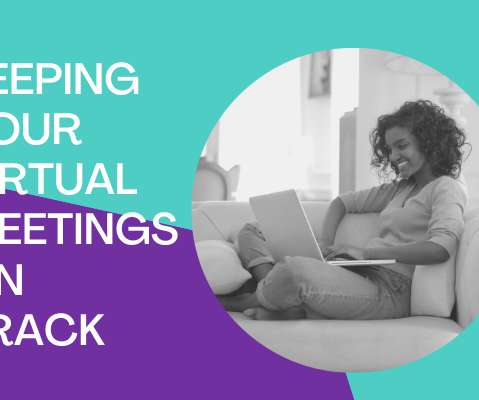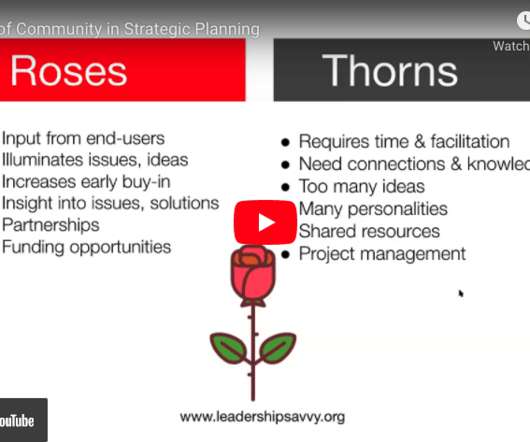Trainer’s Notebook: The Importance of Hands-On Learning
Beth's Blog: How Nonprofits Can Use Social Media
FEBRUARY 8, 2018
For the past five years, I’ve been an adjunct professor at Middlebury College in Monterey teaching a graduate course called “ Networked International Organizations ” for students pursuing an advanced degree in International Development. Rather than just talk about the campaign, students has to participate.






















Let's personalize your content